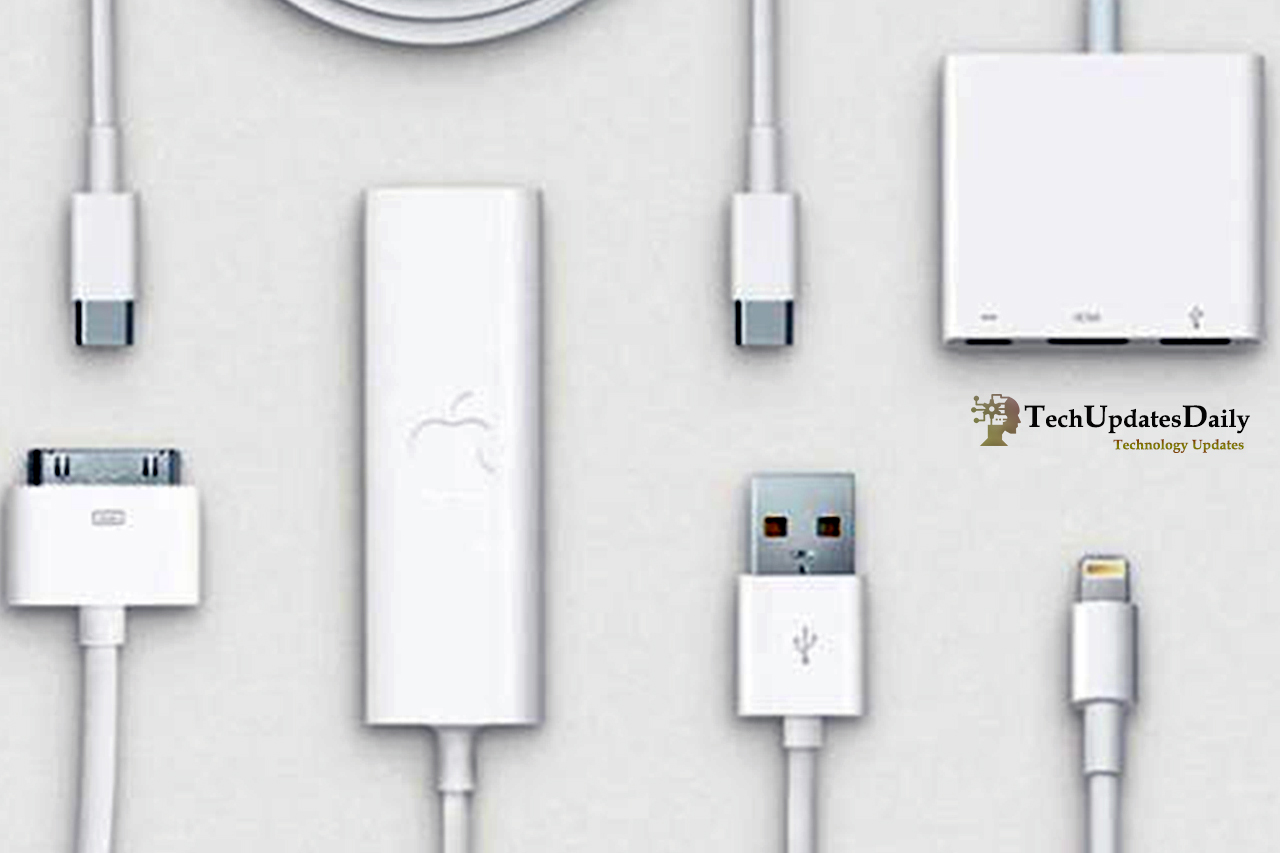The day is running out and the battery of our mobile is in reserves. We are going to get ready to load it but… we remember that we had lost the charger, we had left it at a friend’s house, we had problems and it burned, etc. IPhone and IPad Chargers, Are They All Same?
With so much cable, adapter and charger lose in the drawer, although there are excellent ways to organize them, we do not know what combination is ideal for charging our mobile.
Are all chargers the same? What advantages, disadvantages and dangers are there when we use the charger of another device with our smartphone? Today, we are preparing to open the trunk of the loaders to review all the differences, advantages and disadvantages of the different models available.
USB And Charger:
Let’s look at a small theoretical lesson to get in position. Except for some compact chargers, we will need two components when charging our iPhone: a USB cable and the charger itself. USB cables consist of 4 small wires that have the following function:
- Thread 1: 5V voltage
- Thread 2: Data –
- Thread 3: Data +
- Thread 4: Dough
That is, the electric current passes through wires 1 and 4 and pins 2 and 3 the data, thanks to which we can synchronize our iPhone with the computer.
The iPhone chargers are responsible for providing a constant voltage to our mobile, which absorbs the current you need until the charge is completed. The chargers supplied by the manufacturers work by converting the alternating current of our electrical network –230V– to direct current with smaller voltages, for example, 5V. Once seen this comes the big question.
Also Read: Apple Launch Airpods Pro with Whole New Features
Is Any Charger Useful?
At this point and having the basic knowledge of the operation of the cables and chargers, we will see that as long as the plug corresponds the answer could be yes, but we could have fatal consequences. For them we will see the three points that the charger must meet in order for it to work properly:
Output voltage:
We look at the section that says “Output” in our charger and checks that the voltage is 5V, the standard for iPhone and iPad. If it were 5.3V, nothing would happen since it is within an acceptable range. The problem is that it is a 0.5V difference since it can destroy our battery.
Loading Speed:
This characteristic is indicated to us right after the output voltage. This data indicates the speed at which our device will charge. For example, a 1,000 mAh –1A– output charger will charge twice as fast as a 500 mAh charger. Could this burn the mobile? the answer is no. This data is the maximum charging speed, if the mobile needs less, it will give less and will be more relieved. The problem in this section comes when we connect a device that requires 1A to a charger that only gives us 500 mAh, since this will require the charger to overheat it and, of course, charging slower.
Smart Charger:
We already have the two previous sections in order, but we are missing the last and no less important. Some manufacturers, Apple among them, have designed the USB charging ports of their devices so that if they do not receive a signal through the data ports, they also disable the charging ports. This ensures that it can only be charged from the USB port of a PC or from its official chargers.
The latter brings a chip that, through the data wires of the USB connector, enables the charging mode. Without this component, the well-known message of “the accessory is not compatible with this device” jumps on the screen. Apple recognizes this system as an MFi certificate. Does it mean you have to buy an original one? no, there are compatible cables and chargers that have the MFi certificate and work perfectly.
Definitely:
If you have read and understood all the steps, you will better understand the operation of the chargers and you will have a better choice when choosing a replacement for the current charger. What chargers do you usually use for your iPhone and iPad? Have you ever had problems with your device’s battery from using third-party chargers?

